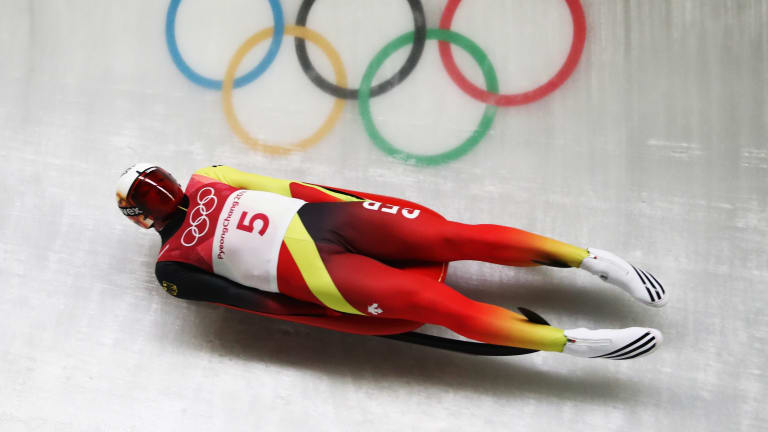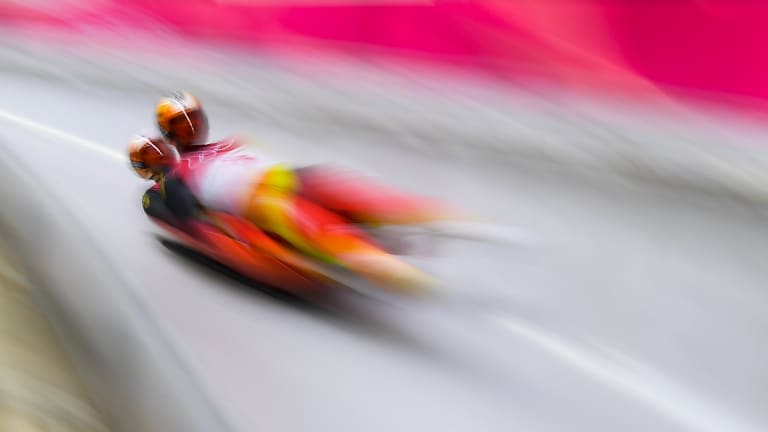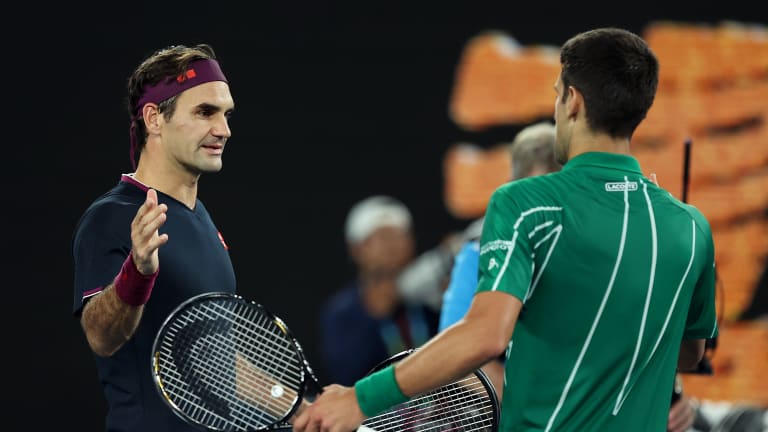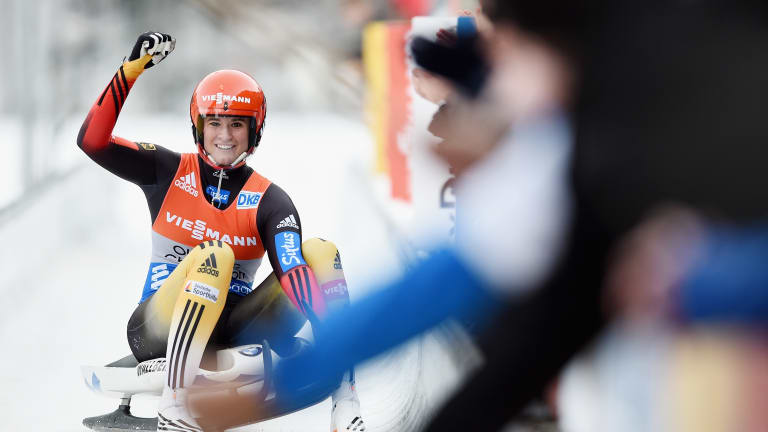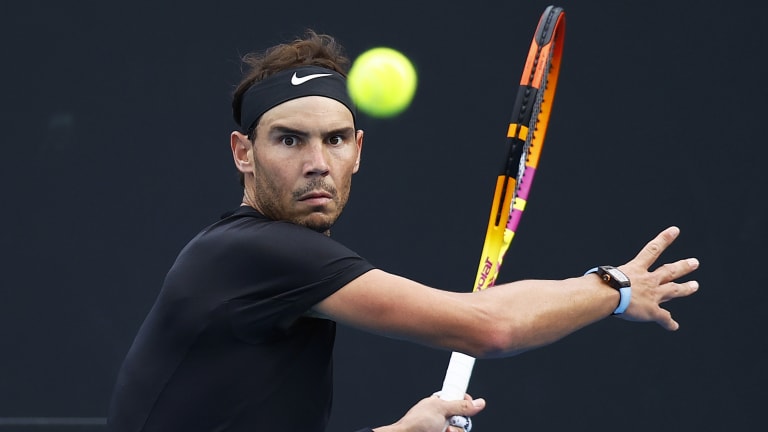It was apt that an Austrian won the 2020 US Open, the first Grand Slam tournament in 15 that didn’t crown either Roger Federer, Rafael Nadal or Novak Djokovic as its men’s singles champion. I say this not as a follower of Austrian tennis, or as an admirer of Dominic Thiem, the breakthrough titlist. I say it as a diehard fan of luge, the niche Winter Olympic sport—and perhaps the only sport whose hegemony can rival what men’s tennis’ Big Three has accomplished.
Two years earlier, at the 2018 Winter Olympics in PyeongChang, Austrian luger David Gleirscher took gold in men’s singles, a shocking result that led to more talk about who didn’t win than who did. The runaway/slideaway favorite, Germany’s Felix Loch, had won Olympic gold in 2014 and 2010, and overall gold in six of the previous seven luge World Cup seasons. Since his slip-up in South Korea (Loch finished off the podium, but compatriot Johannes Ludwig took bronze) the 32-year-old from Sonneberg put together one of his most dominant World Cup seasons. In the 2020-21 World Cup—the pivotal third year of the Olympic “quad”—12 races were contested across Europe. Loch struck gold in nine of them, and won bronze in two others.
All this is to say that, despite the mammoth upset at the last Olympics, Germany still reigns supreme in luge—and not only because of Loch’s remarkable ability to consistently prevail in a sport whose athletes travel at speeds around 90 m.p.h., and that measures races to the thousandth of a second. In PyeongChang, German women took gold and silver in singles, and the sliding superpower also won gold medals in the doubles and team-relay events. If you include East Germany, West Germany and the United Team of Germany as part of “Germany” in Olympic history, the nation has won 34 of the 47 gold medals awarded in singles, doubles and relay luge events, as well as another 48 combined silver and bronze medals.
At the upcoming Winter Olympics in Beijing, Loch will again be a heavy favorite to win gold. Natalie Geisenberger, Germany’s top women’s slider, could be an even larger favorite. The 33-year-old won Olympic bronze in 2010, gold in 2014 and gold again in 2018. After the PyeongChang Games, Geisenberger won the 2019 World Cup in a rout, took off the 2020 season to start a family—and swiftly returned to her first-place perch in 2021. (Second place, that season, by just 19 ranking points, was compatriot Julia Taubitz.) A German woman has finished first overall in each of the past 23 World Cups, and in only seven of those seasons did German women not finish first, second and third.
